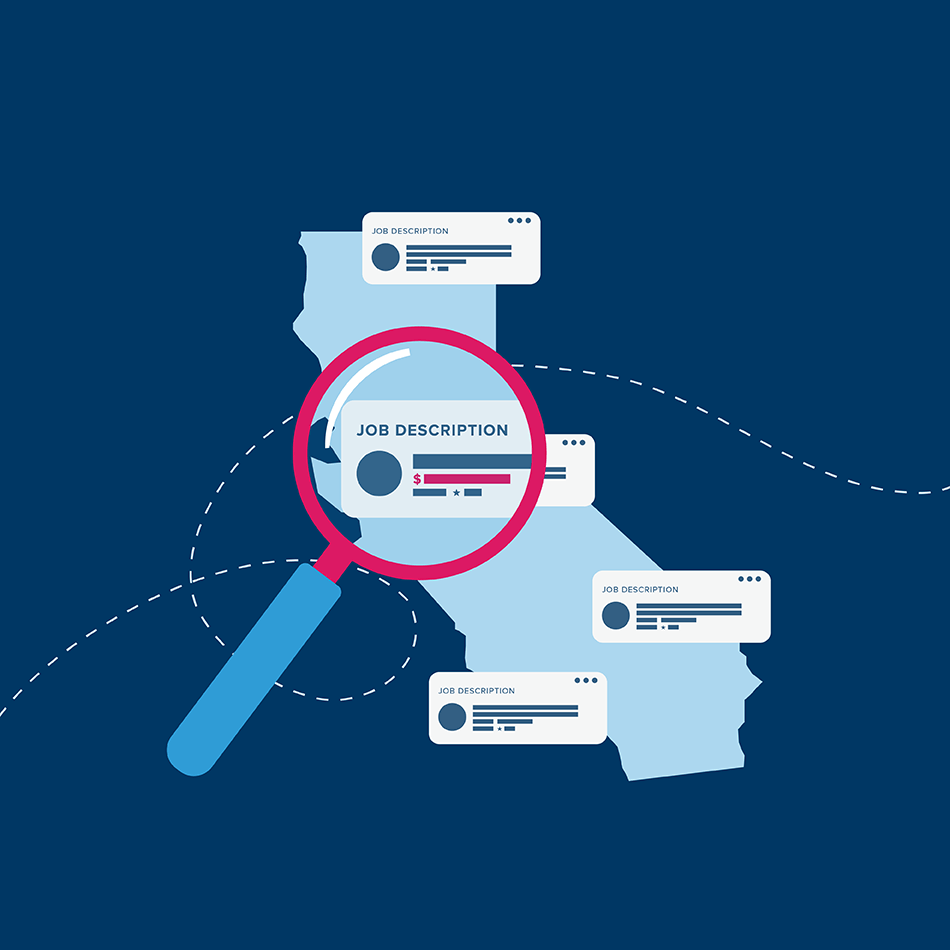Guest Post: How to Prepare for the New California Pay Transparency Law
By Alpine Rewards | Published October 28, 2022

Guest Post by Robert Hall & Octavio Cardenas
California employers are now required to post salary ranges in job postings and report hourly pay data by employees’ race and sex to the state. The new requirements are set to become effective January 1, 2023, with the first pay data reports due to the California Civil Rights Department (formerly Department of Fair Employment and Housing) in May 2023.
The Pay Transparency for Pay Equity Act (SB1162) expands California’s existing salary history law to impose new pay scale disclosure requirements on covered employers. New requirements include:
Employers with 15 or more employees are now required to:
Disclose pay scale data (e.g., hourly rate or salary range) in all job postings and upon request for the position in which an employee is currently employed. If using a third-party vendor to upload job postings, provide the pay scale information to the vendor and the vendor shall include the pay scale in its posting.
Maintain records of job title and wage rate history for all employees for the duration of employment and at least three years after the employee’s separation from employment.
**Employers with 100 or more employees **(in addition to the above):
Report the median and mean hourly rate of pay for each combination of race, ethnicity, and sex within each job category¹ to the Civil Rights Department (CRD).
**Produce reports by May 10, 2023, **and by the second Wednesday of May thereafter.
Provide a separate report for contracted employees with data required by the labor contractor.
Report the number of employees by race, ethnicity, and sex within distinct categories as well as the number of employees by race, ethnicity, and sex whose annual earnings fall within each of the pay bands used by the United States Bureau in the Occupational Employment Statistics Survey.
Employers who fail to submit the required annual reports may face fines of up to $100 per employee for initial violations, and up to $200 per employee for subsequent violations.
Covered employers should start to prepare now to eliminate the risk of non-compliance. Below are some suggestions on how to prepare.
Develop a compensation philosophy covering the four pillars of total rewards (base, bonus, equity, and benefits).
Update job posting practices to ensure your Talent Acquisitions Team and Managers understand the law, leverage the latest job descriptions, and disclose salary scale.
Clean your Human Resource Information System (HRIS) data to ensure records regarding education, training, certification, skills, sex, race, ethnicity, and any other relevant information are current and accurate.
Conduct a job evaluation review to benchmark your roles and levels and ensure you are categorizing appropriately.
Review your employee pay levels for potential disparities.
Finalize your pay ranges for all roles and jobs in California.
Document and define geographic pay tiers.
**For employers with 100 or more employees, **investigate leveling to the S.B.1162 job categories and within the pay bands of the BLS Occupational Employment Statistics survey and prepare reporting templates and track down information needed.
Learn more about how we can help you prepare for this new legislation.
¹ Executive or senior-level officials and managers., (B) First or mid-level officials and managers., (C) Professionals., (D) Technicians., (E) Sales workers., (F) Administrative support workers., (G) Craft workers., (H) Operatives., (I) Laborers and helpers., (J) Service workers.

Alpine Rewards
Alpine Rewards is a strategic advisor for the Technology and Life Sciences sectors, providing comprehensive expertise in Executive Compensation and Employee Rewards. Industry experience, coupled with a direct linkage to business strategy and a focus on people, enable Alpine Rewards to design Total Rewards programs for a higher purpose.


